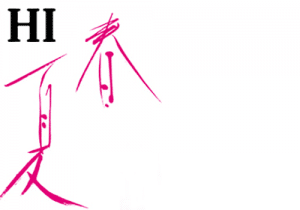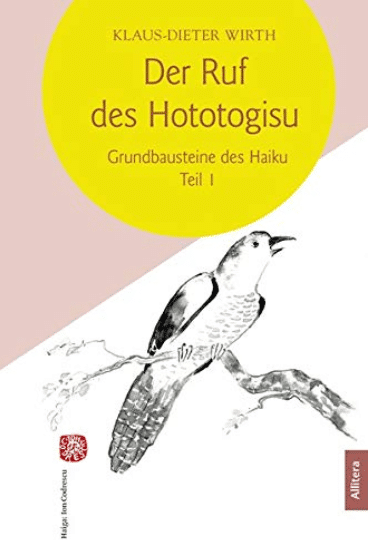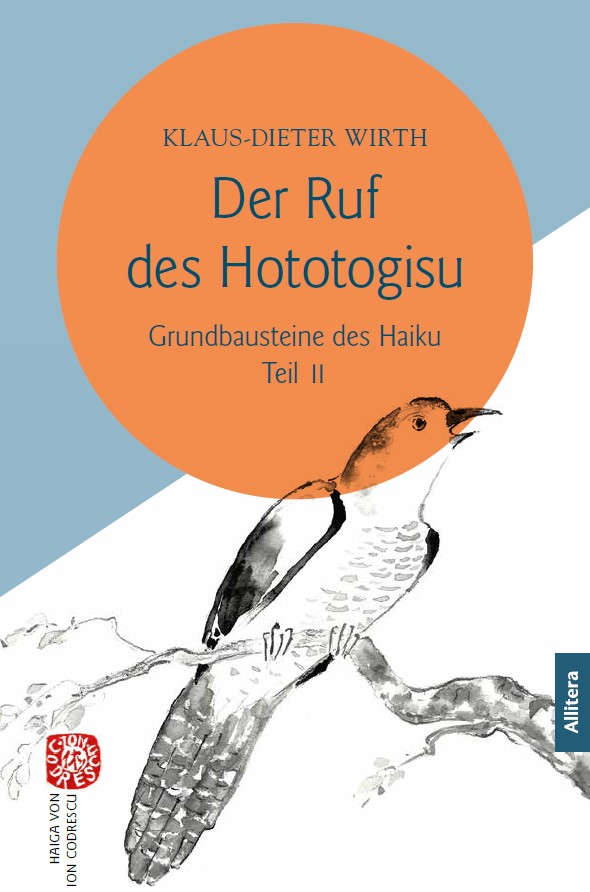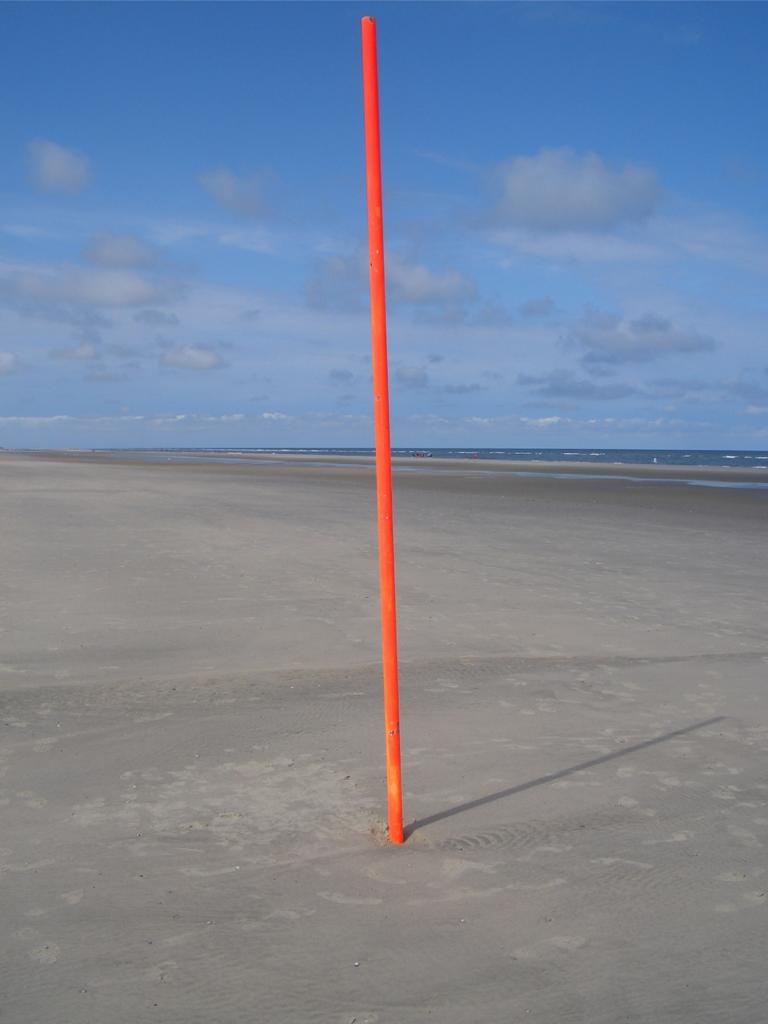Ausgewählte Haiku
 Übersetzungen der Haiku: eine Zusammenarbeit von Emiko Miyashita, Claudia Brefeld und Eva Moering
Übersetzungen der Haiku: eine Zusammenarbeit von Emiko Miyashita, Claudia Brefeld und Eva Moering
»Hier können Idee und Hintergrund zu diesem Projekt nachgelesen werden.
Auswahl und Kommentierung von Yasuhiro Ohwa, HIA director
生けるものみな無力なる野分かな
Lebewesen / alle hilflos / gegenüber dem Taifun
チョウコ ビーン (熱海) BEEN Choko
Allen Lebewesen ist gemeinsam, dass sie der Natur hilflos ausgeliefert sind, wie hier im Haiku festgestellt wird. Das „Lebewesen“ im Haiku wird in gewisser Weise nicht als abstrakter Begriff verwendet, es erinnert eher an jedes einzelne Lebewesen, wie z. B. Pflanzen, die in dem von Taifunen heimgesuchten Land wachsen, und Insekten. Wir erfassen so die Kraft der Natur und die Schwäche der kleinen Lebewesen auf eine konkrete Art und Weise. Das Jahreszeitenwort nowaki* wird hier gut eingesetzt.
* nowaki bedeutete ursprünglich starker Wind, der im Herbst weht, wird inzwischen aber auch für Taifun verwendet.
人間共はマスク / 鳥たちは太陽に溶け込む / 二つの世界
Menschen hinter Masken / Vögel verschmelzen mit der Sonne / zwei Welten
ストパール,ルデイ (スロベニア) STOPAR, Rudi(SLOVENIA)
Betrachtet man die heutigen Nachrichten, so symbolisiert die Maske hier die menschliche Welt, die unter dem neuen Corona-Virus leidet. Im Gegensatz dazu leben die Vögel frei und von Helligkeit durchflutet. Es existieren zwei verschiedene Welten nebeneinander. Dieser Kontrast könnte auf andere Bereiche übertragen werden. Wenngleich ein wenig theoretisch, so sind die Sonne und die Maske doch stark genug, um uns unsere Haltung zur realen Welt bewusst zu machen.
鰯雲天に潮騒あるごとく
Der Makrelenhimmel… / das Meeresrauschen / aus dem Himmel
大高霧海 (東京) OHTAKA Mukai
Der Makrelenhimmel erinnert uns an die Meeresoberfläche. Es ist nicht nur die visuelle Ähnlichkeit, der Schriftsteller spürt auch den Klang und die Bewegung. Der feine Sinn des Autors, der den Makrelenhimmel mit Bewegung und ungehörtem Klang heraufbeschwört, macht die beschriebene Naturszene lebendig.
海を見る夫の背にある秋思かな
aufs Meer starrend / im Rücken meines Mannes zu erkennen / Melancholie des Herbstes
介弘紀子 (福岡) SUKEHIRO Noriko
Die Autorin spürt die Melancholie des Herbstes im Rücken ihres Mannes. Er war stark und zuverlässig, aber jetzt zeigt er Einsamkeit und Schwäche. Die Autorin nimmt den ungewöhnlichen Eindruck ihres Mannes wahr, der auf das Meer schaut. Seine Melancholie könnte hingegen eine Art Hoffnung sein, da das große Meer sowohl Sehnsucht als auch Hoffnung bietet.
月一つ末枯の野にあるばかり
Über / das verdorrende Feld … / nur der Mond allein
栁川邦彦 (三重) YANAGAWA Kunihiko
Im Spätherbst sind die Wildpflanzen verwelkt und Schmetterlinge oder Libellen verschwinden. Ohne es direkt auszudrücken, sagt der Autor, der Mond sei allein da. Indem er das sagt, wird die Einsamkeit des verdorrten Feldes stark empfunden und die Einsamkeit des Mondes wird deutlich. Beim Erstellen von Haiku ist es wichtig, verschiedene Objekte hervorzuheben und darüber hinaus anzudeuten.
Und hier fünf weitere Haiku – ausgesucht von Emiko Miyashita
とうさんを待つふらここを漕ぎながら
tôsan o matsu furakoko o koginagara
Warten auf Papa
hin und her schwingen
auf einer Schaukel渡邉美奈子 (神奈川) WATANABE Minako (Kanagawa)
furakoko – schaukeln, schwingen: Frühlings-Kigo
遠きより土筆みつけし手が招く
tôki yori tsukushi mitsukeshi te ga maneku
aus der Ferne
die Hand, die einen Schachtelhalm gefunden hat
lädt mich ein住吉ミナ (東京) SUMIYOSHI Mina (Tokyo)
tsukushi – Schachtelhalm: Frühlings-Kigo
椎の実の沈む手水を掬ひけり
shii no mi no shizumu chôzu o sukui keri
Wasser schöpfen
aus einem Becken . . . .
versunkene Eicheln和田とし子 (東京) WADA Toshiko (Tokyo)
彫り了へて白湯を甘しと夜半の秋
horioete sayu o amashi to yowa no aki
Die Skulptur vollendet
einfaches Warmwasser ist süß . . .
der Herbst um Mitternacht水田博子 (広島) MIZUTA Hiroko (Hiroshima)
やや寒のスマホに触れて明けにけり
yayasamu no sumaho ni furete ake ni keri
Ein leichtes Frösteln,
Ich wische über das Display des Smartphones
die Morgendämmerung kommt三宮麻由子 (東京) SANNOMIYA Mayuko (Tokyo)







